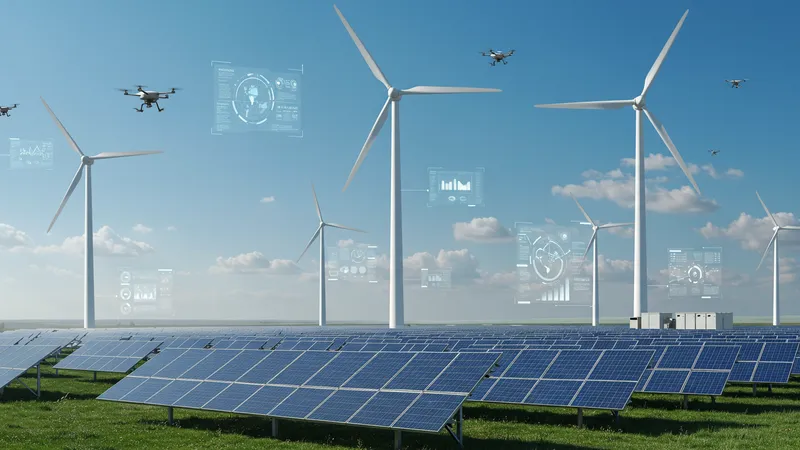
Renewable Energy Farms — Solar, Wind, Hydro & Biomass Solutions
Technological Advancements in Renewable Energy Farms
Rapid technological upgrade cycles are transforming the operating landscape for large-scale renewables. Solar farms now employ bifacial panels that capture sunlight from both sides, significantly boosting output. Advanced tracking systems adjust angles in real time, ensuring maximum exposure as the sun moves through the sky. Utility-scale battery storage integration is becoming more common, enabling these farms to smooth out intermittent production and deliver power when needed most.

Modern wind farms rely on smarter turbine designs with longer blades and lighter materials, pushing the boundaries of efficiency. Predictive analytics use real-time weather and performance data to adjust turbine operations for optimal results. Maintenance teams can now leverage drones and AI-driven monitoring platforms to anticipate equipment issues, lowering downtime and operational expenses.
Hydropower projects are experimenting with upgrades like fish-friendly turbines and low-impact designs to better harmonize energy production with ecological needs. Digital dam management uses sensors and automation to fine-tune water flows, maximizing generation without compromising reservoir integrity. These advancements are crucial for extending the lifespan of older plants and minimizing disruptions to aquatic environments.
For biomass, next-generation gasification and combustion techniques promise cleaner energy with fewer emissions. Innovations in logistics—such as advanced feedstock tracking and compact storage systems—improve overall efficiency. As research into algae and other rapidly replenishing bio-resources intensifies, the potential for continuous, high-output biomass generation will likely increase.